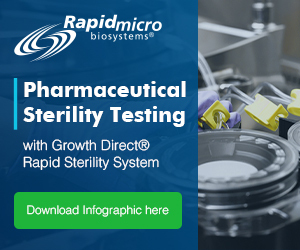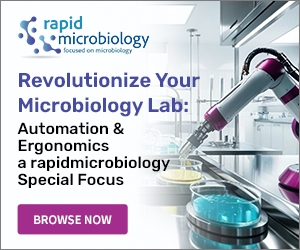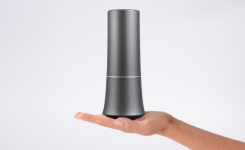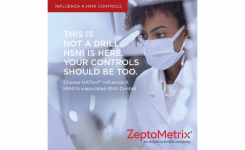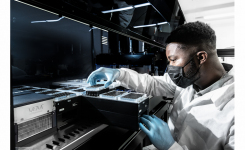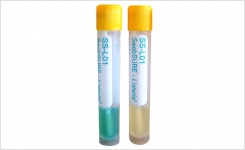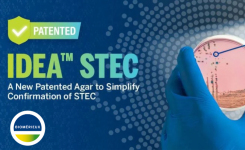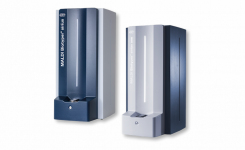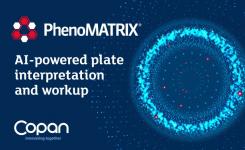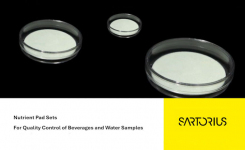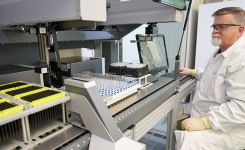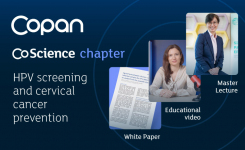| The Encyclopedia of Rapid Microbiological Methods is a culmination of many years of research, development and implementation of new technologies by a number of industry sectors, including pharmaceuticals, medical device, cosmetic and personal care, health and clinical, food and beverage, and municipal water, as well as government agencies and their subsidiaries, including bio-defense laboratories, first responders and homeland security. Furthermore, support for novel ways in which to conduct microbiological assays is becoming the norm for both regulatory agencies and pharmacopoeias, as demonstrated in recent initiatives and guidance documents provided by the FDA, EMEA, USP and Ph. Eur.
The encyclopedia attempts to pull together the opinions of these organizations, suppliers of new microbiology platforms, and the laboratories and endusers of the technologies that will be discussed within its pages.
Volume 1 provides an overview of microbiological methods and opportunities for industry, regulatory and pharmacopoeial perspectives, and validation strategies. Topics include the history of microbiological methods, risk-based approaches to pharmaceutical microbiology, the realities and misconceptions of implementing rapid methods in the manufacturing environment, the use of rapid methods in bio-defense and the food industry, PAT, comparability protocols, 21 CFR Part 11 and practical guidance on RMM validation and implementation.
Volumes 2 and 3 explore specific rapid microbiological methods, technologies and associated instrumentation, from both a supplier and an end-user viewpoint. Volume 2 concentrates on growth-based and viability-based rapid microbiological technologies, including flow and solid phase cytometry, ATP bioluminescence, impedance microbiology, and a variety of microbial identification platforms relying on physiological responses.
Volume 3 concentrates on artifact-based and nucleic acid-based technologies, the detection of Mycoplasma, and the use of microarrays, biochips and biosensors. Some of the platforms that are discussed include fatty acid analysis, MALDI and SELDI-TOF mass spectrometry, portable endotoxin testing, 16S rRNA typing, DNA sequencing, PCR, advances in Micro-Electro-Mechanical Systems (MEMS) including Lab-On-A-Chip systems, and a novel instantaneous and real-time optical detection technique for airborne microorganisms.
|



